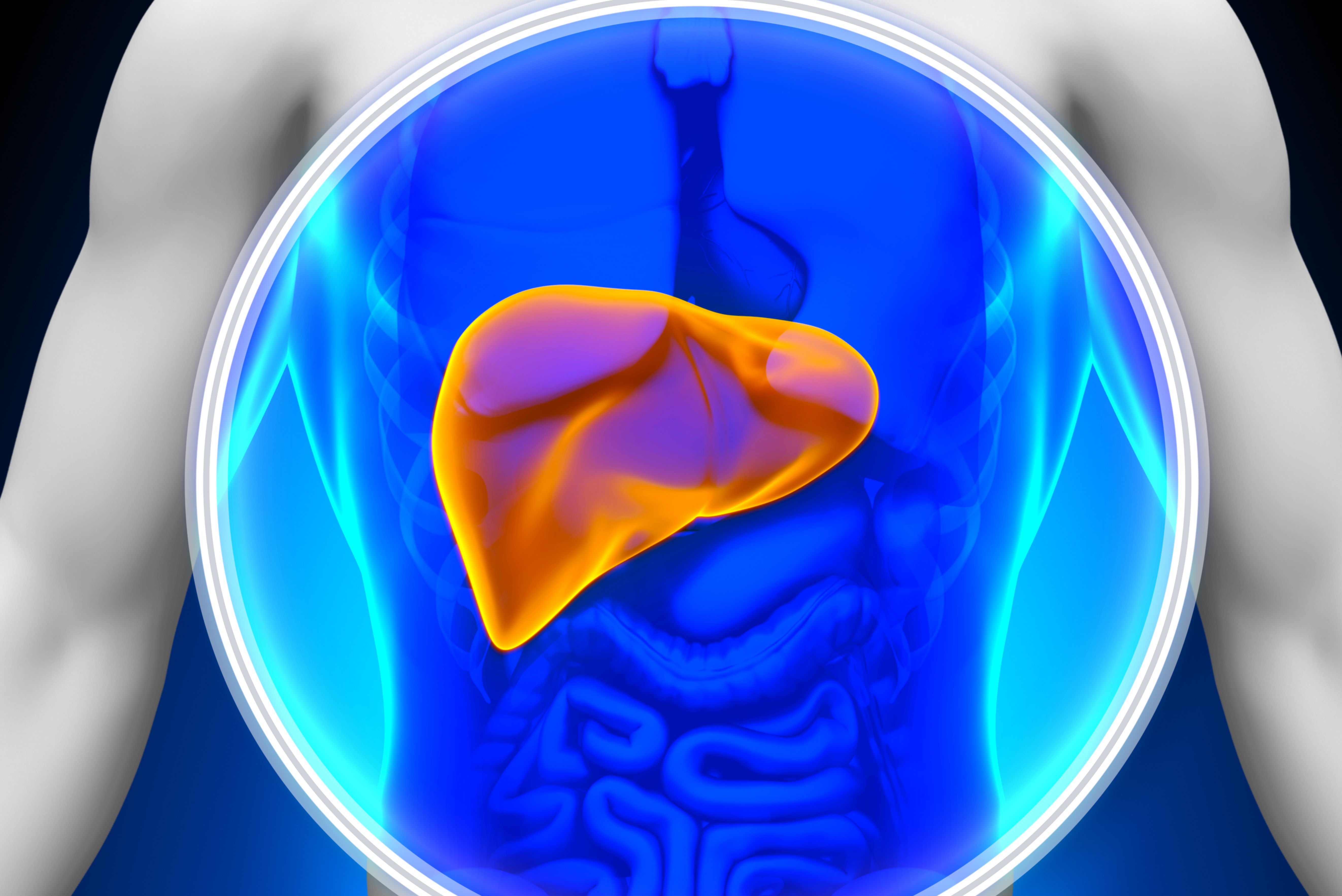Environmental Exposure to Toxic Metals May Increase Risk of MASLD, Study Finds
Greater selenium and lead exposure were associated with an increased risk of MASLD, with further analysis suggesting potential synergistic interactions between different metals and their joint effects on MASLD risk.
Credit: Adobe Stock

Exposure to toxic metals may be associated with an increased risk of metabolic dysfunction-associated steatotic liver disease (MASLD), calling attention to the role of environmental factors in the disease’s pathogenesis.
Findings from a cross-sectional study leveraging data from the 2011-2018 National Health and Nutrition Examination Survey (NHANES) showed elevated blood selenium and lead levels were associated with an increased risk of MASLD, with further analysis revealing potential synergistic interactions and metabolic interplays between different metals regardless of their independent association with MASLD.1
The most common chronic liver disease in the world, MASLD affects > 30% of the global population.2 Although various genetic and metabolic risk factors play a role in MASLD pathogenesis, less is known about the influence of environmental exposures. Various heavy metals are commonly found in the environment and the typical daily diet – although necessary in small amounts, they become dangerous in larger quantities, elucidating the need for a more comprehensive understanding of their role in MASLD development.3
“Various metals have been shown to cause hepatic toxicity through mechanisms such as inducing oxidative stress, disrupting cellular signaling, altering lipid metabolism and stimulating inflammation,” wrote investigators.1 “However, epidemiological studies that link metals exposure to MASLD risk are still limited.”
To address this research gap, a team of investigators led by Li Yuguang, researcher at Jilin University in China, examined the relationship between mercury, manganese, lead, selenium, and cadmium with the risk of MASLD in a cohort of NHANES participants. A major project of the National Center for Health Statistics overseen by the Centers for Disease Control and Prevention, NHANES is a large-scale survey designed to provide cross-sectional data on the health and nutrition of adults and children in the United States.1
For inclusion, participants were required to be ≥ 18 years of age, have blood lead level data, meet the diagnostic criteria for MASLD, and have blood trace elements for all 5 metals assessed in the study. In total, 6,520 eligible NHANES participants were identified and included in the present study.1
Upon inclusion, participants were screened and divided into MASLD and non-MASLD groups based on the presence of hepatic steatosis and 1 of the following 3 criteria: overweight/obesity, type 2 diabetes mellitus, or evidence of metabolic dysregulation. In total, 2,210 participants comprised the MASLD group and 4,310 comprised the non-MASLD group.1
Investigators pointed out there was a greater proportion of male participants in the MASLD group (53.35%) compared to the non-MASLD group (46.65%), although both groups had a greater proportion of participants below the age of 65 years (70.59% in the MASLD group and 79.26% in the non-MASLD group).1
The concentrations of trace elements in the whole blood specimens were measured using an inductively coupled plasma ionization source mass spectrometer and categorized based on quartiles. Investigators defined quartile 1 (Q1) as <25th percentile, quartile 2 (Q2) as 25th–50th percentile, quartile 3 (Q3) as 50th–75th percentile, and quartile 4 (Q4) as >75th percentile.1
A linear model adjusted for gender, age, race, educational level, poverty index, and BMI showed participants in Q3 (Odds ratio [OR], 1.20; 95% Confidence interval [CI], 0.99–1.45; P = .068) and Q4 (OR, 1.24; 95% CI, 1.02–1.50; P = .031) for blood selenium levels faced a greater risk of MASLD compared to those in Q1, suggesting greater blood selenium levels were associated with an increased likelihood of MASLD. Blood lead exposure was also positively correlated with MASLD risk in the Q2 group (OR, 1.21; 95% CI, 1.00–1.46; P = .049), although investigators noted no positive results were observed in the Q3 (OR, 1.06; 95% CI, 0.87–1.29; P = .60) and Q4 (OR, 1.21; 95% CI, 0.99–1.49; P = .066) groups.1
Of note, no significant associations were found between blood cadmium, mercury, manganese levels, and MASLD risk. However, application of the Weighted Quantile Sum (WQS) model yielded a WQS index of 1.13 (95% CI, 1.00–1.28; P = .0454), suggesting a significant synergistic interaction between all 5 metals.1
Despite showing no independent association with the risk of MASLD, further analysis of the weight proportions of each trace element revealed cadmium accounted for 35.76% and may pose the greatest risk for MASLD. Selenium and lead accounted for 32.34% and 18.95%, respectively, while mercury (11.07%) and manganese (1.88%) exposure carried less weight.1
“The findings can aid in identifying environmental determinants, informing prevention strategies, and emphasizing the importance of reducing metal exposures to combat the emerging MAFLD epidemic worldwide. Moreover, this study offers insights into the role of environmental factors in the pathogenesis of MAFLD, which require further investigation,” investigators concluded.1
References:
- Li Y, Liu Z, Chang Y, et al. Associations of multiple toxic metal exposures with metabolic dysfunction-associated fatty liver disease: NHANES 2011–2018. Front. Nutr. https://doi.org/10.3389/fnut.2023.1301319
- American Association for the Study of Liver Diseases. New MASLD Nomenclature. Accessed December 29, 2023. https://www.aasld.org/new-masld-nomenclature
- Jaishankar M, Tseten T, Anbalagan N, Mathew BB, Beeregowda KN. Toxicity, mechanism and health effects of some heavy metals. Interdiscip Toxicol. 2014;7(2):60-72. doi:10.2478/intox-2014-0009